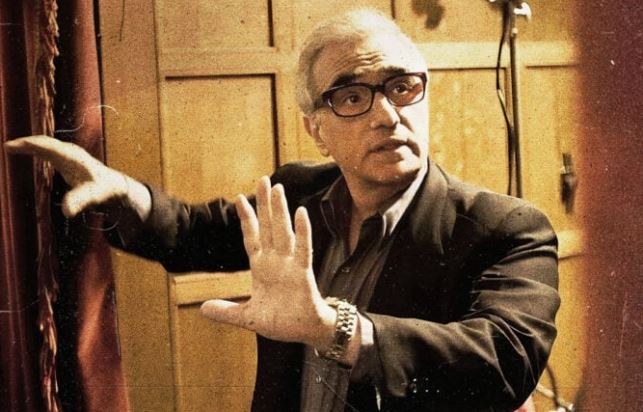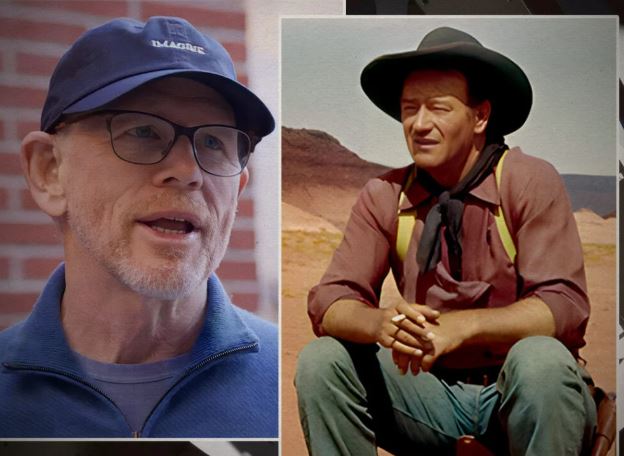One of the main reasons so few John Wayne movies have been remade is that it’s almost impossible for any actor to follow in his footsteps, but that wasn’t the driving force behind Ron Howard’s decision to bail out of directing a movie designed to emulate ‘The Duke’.
The Coen brothers may have filmed a second feature-length version of True Grit, but they couldn’t have made it any clearer that they were making a more faithful adaptation of Charles Portis’ novel and not mounting a fresh spin on the 1969 feature that finally won Wayne his one and only Academy Award.
One of the riskiest and most ambitious projects of the icon’s career by far was The Alamo, his 1960 directorial debut. It was a massively expensive undertaking, especially for a first-time filmmaker, and constant tension behind the scenes didn’t help matters.

‘The Duke’ bet big on the picture, so much so that he barely had two pennies to rub together at the end of it. Sure, it was a box office success that landed an Oscar nomination for ‘Best Picture’, but he sold the rights off to the distributor to finance the production, with United Artists enjoying the lion’s share of the profits.
The first time Hollywood drafted in a big name to oversee an epic based on the titular battle, it didn’t go entirely according to plan. Nonetheless, Howard, who worked with Wayne on The Shootist three decades previously, was set to direct another expensive Alamo movie until he realised he wouldn’t get the creative oversight he needed.
The two-time Oscar winner’s production company spearheaded 2004’s The Alamo, although Howard wasn’t in the director’s chair for long. “At that point, I didn’t know what I was going to be making,” he told Charlie Rose. “I was invited to seriously consider directing it myself. I did, I began working on it, supervising rewrites and things like that. And it evolved to a place where it was going to be an expensive movie.”
He wanted it to be R-rated, but the staunchly family-friendly Disney did not. Howard eventually dropped out in July 2002, and John Lee Hancock was brought in as his replacement. In hindsight, it was the smartest thing he could have done because, in its finished form, The Alamo was an utter catastrophe.
“I kept thinking, you know, this is going to be controversial,” he remarked, trying to make an accessible and costly studio movie that maintained as much historical accuracy as possible. In the end, it didn’t really matter because audiences couldn’t have given less of a shit about The Alamo.
Hancock’s exorbitantly priced period piece died a slow, painful, and agonising death at the box office, losing almost $150 million to go down in history as Disney’s biggest-ever box office bomb at the time. Howard could have been the man behind the camera, but bailing out was definitely the best call.
